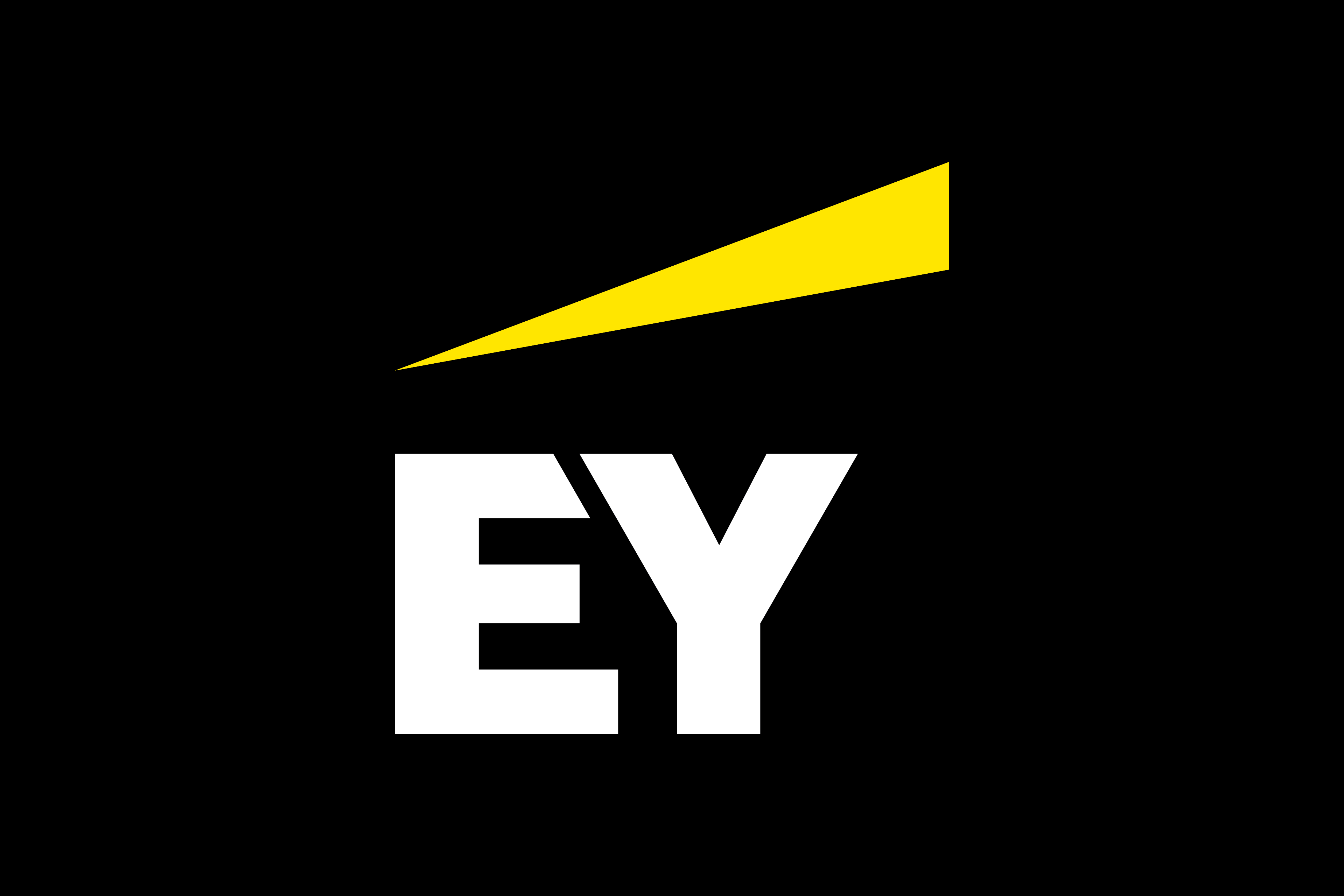Case example #1
Brand conversion costs added over 30% to the total purchase price. In this example, our client acquired hundreds of retail sites and assets across Canada. The terms of the purchase agreement excluded brand rights, requiring our client to integrate and rebrand the sites into their well-established multi-brand portfolio. This task was complicated by a mix of unique assets and operator arrangements, as well as high interim costs to operate unconverted assets, due in large part to Transition Service Agreements (TSAs), thus limiting our client’s window to transition sites to their brands.
Navigating these challenges involved accelerating the conversion timeline, scrubbing capital cost estimates for each site and making careful consideration of local factors, including owner vs. operator sites and key constraints like the availability of construction crews to do the work.
To manage this, the conversion strategy employed an archetype approach, where assets were force-ranked based on specific characteristics, with each warranting tailored investment that aligned to the sites’ future destination brand and forecasted long-term profitability.
The theory was then put into practice by running several pilots, which served as a testing ground to develop process familiarity and gather valuable lessons learned. This approach changed the calculus. The rate of conversions quickly stepped up from one asset conversion per week to four over successive periods, reducing the conversion timeline by approximately 50% from original planning estimates.
Case example #2
Our client, an essential service provider, acquired a whole company and its extensive network that serves several million customers annually. While the conversion costs in this example amounted to less than 5% of the total transaction value, the program focused on revitalizing the brand image to unify the thousands of employees amid the launch of a singular brand in a historically mixed-brand market. The brand revitalization was a crucial component to the cultural integration of the two organizations because it created a common employee identity and ignited enthusiasm for the newly combined entity.
Successfully executing a conversion program is a complex and challenging endeavor. Whether you have yet to complete a deal or have already closed a transaction, dealmakers need to clearly articulate the strategic vision for the assets. Doing so best positions a company to capture and hopefully exceed the intended deal value, while meeting the needs of customers, operators and stakeholders.
Working together with our client’s teams as their advisors on strategic acquisitions on the cases described above, we have distilled 10 brand conversion get-rights for complex, at-speed conversion programs that touch thousands of employees and millions of customers.




